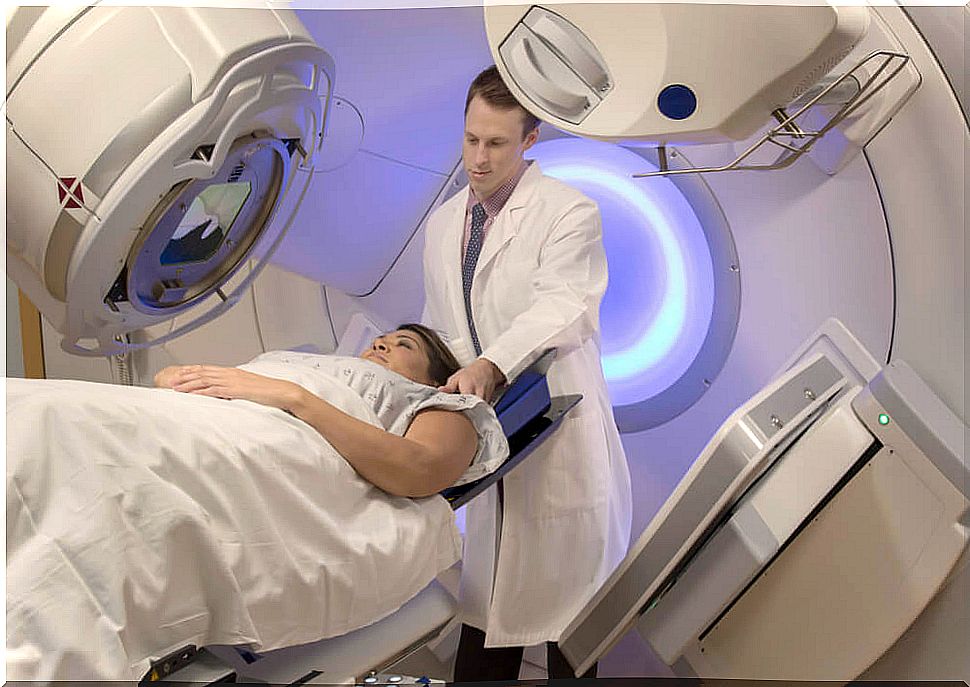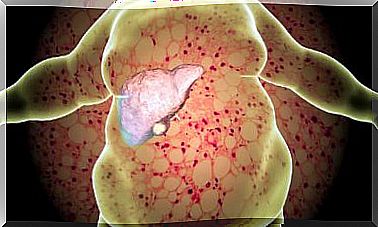Retinoblastoma: Symptoms, Causes And Treatment
Retinoblastoma is a disease that affects the eye. It often presents at an early age and is, in fact, the most common intraocular cancer disease during childhood.
Currently, it represents 3% of all childhood cancers, with an incidence of 1 case per 15,000-18,000 live births. These figures translate to a total of 5,000 new cases worldwide each year, approximately.
Diagnosis of this disease occurs, on average, at 18 months of age. In addition, 90% of cases are usually detected in the first 5 years of life. There is no sex that is more affected, therefore, it affects boys and girls equally.
Although its origin is well known, the survival rate is around 86% – 92% worldwide, and close to 70% in still developing countries. What are your symptoms? What treatments are available? We will detail it below.
Causes of retinoblastoma
Retinoblastoma is an oncological disease associated with a gene mutation. This gene is known as the retinoblastoma gene. When we talk about the retinoblastoma gene, we are talking about the mutation of the long arm of chromosome 13.
One of the functions of chromosome 13 is the suppression of complex mechanisms of the retinal cellular system, through the RB1 gene. If both gene equivalent loci within chromosome 13 are affected, this causes retinoblastoma.
In less than 10% of cases of retinoblastoma there is a family history of this disease, although it is estimated that about 30% – 40% of all cases are hereditary.

Symptoms
Leukocoria is the most common symptom of retinoblastoma and is usually the first to appear. Leukocoria is the appearance of a white reflection to the illumination of the retina, which is caused by the presence of the tumor that blocks the red reflection of the retina.
Other signs accompany retinoblastoma such as:
- Squint.
- Impaired vision.
- Red eye.
- Eye pain
- Ocular proptosis.
Diagnosis
Although the diagnosis of retinoblastoma is often clinical, through examination of the eye by a professional in the area, there are other complementary tests. Some of these are:
- DNA analysis. These tests are used to detect and document hereditary variables of this pathology within the family of the affected child.
- Intraocular sonography.
- Tomographs.
- Magnetic resonance.
Each of these tests are intended to help the health professional to make differential diagnoses against the known pseudoretinoblastomas. The latter are a group of tumors that simulate the symptoms and characteristics of retinoblastoma, and are often confused.
Treatment of retinoblastoma
Treatment for retinoblastoma is aimed at achieving three main purposes:
- Save the life of the child who suffers from it.
- Safeguard the affected eyeball.
- Achieve optimal vision.
In most cases the treatment is individualized to each patient, taking into account each situation and complexity of the case under consideration. The most common treatments used in retinoblastoma are:
External beam radiation therapy
In this treatment modality, local control of the tumor is usually achieved, and late effects on the retina are minimal. However, the mortality cases associated with external beam radiotherapy are significantly high and are associated with the cessation of growth of the facial bones.

Radioactive isotope plates
This treatment modality is based on the placement of radioactive plates on the eye. This type of treatment helps to minimize the exposure of healthy tissue to radiation, but it can only be used in some specific locations of the tumor.
Chemotherapy
This treatment is generally reserved for the more complicated and advanced cases of retinoblastoma. It can be used in conjunction with beam radiation therapy, and to initially shrink the tumor.
What should we remember about retinoblastoma?
Retinoblastoma is an oncological disease that affects mainly children under 5 years of age. This is caused by a genetic mutation that can be inherited in 30% of cases. The most common symptom is leukocoria, which consists of a white reflection to the eye being exposed to light.
There are different treatments, each with its advantages and disadvantages. All are aimed at preserving life, the affected eyeball and the patient’s vision.









